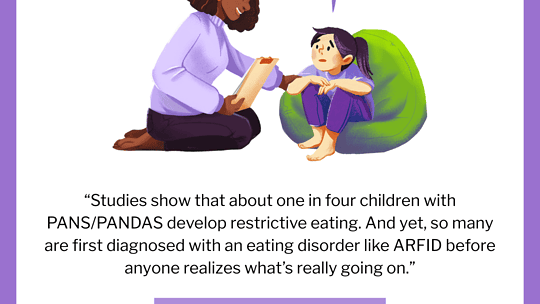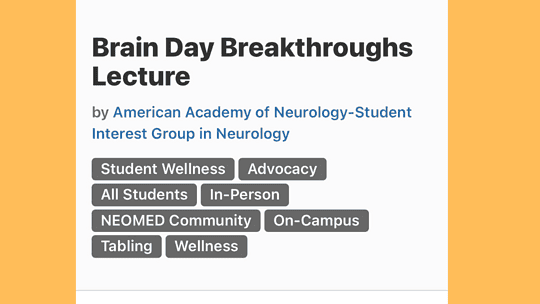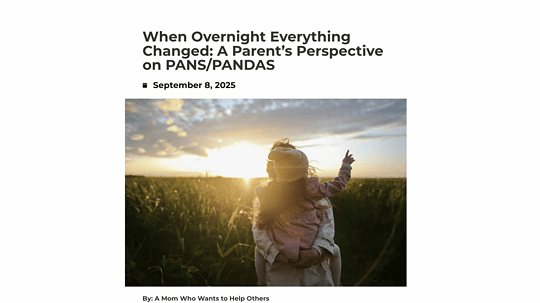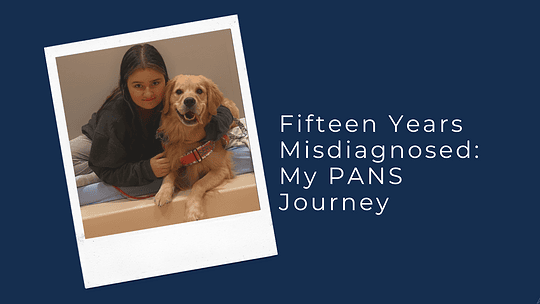
When Everything Changes Overnight: A Parent’s Journey Through PANS/PANDAS
Read more about one family’s story and what PANS/PANDAS really looks like, written by ANAD Community Member and ASPIRE’s Midwest Lead and Restricted Eating Lead, Breanne Failor One day, your...










